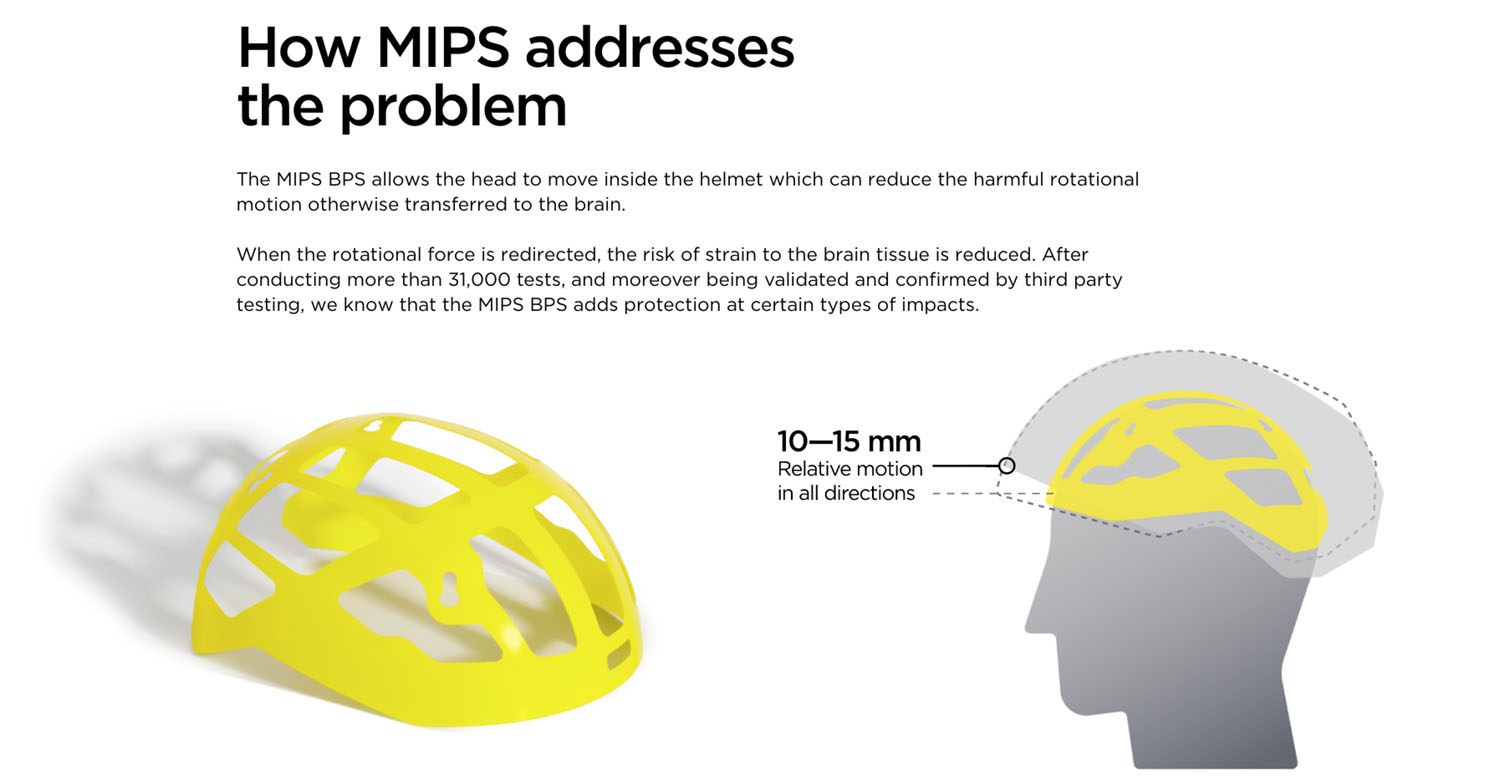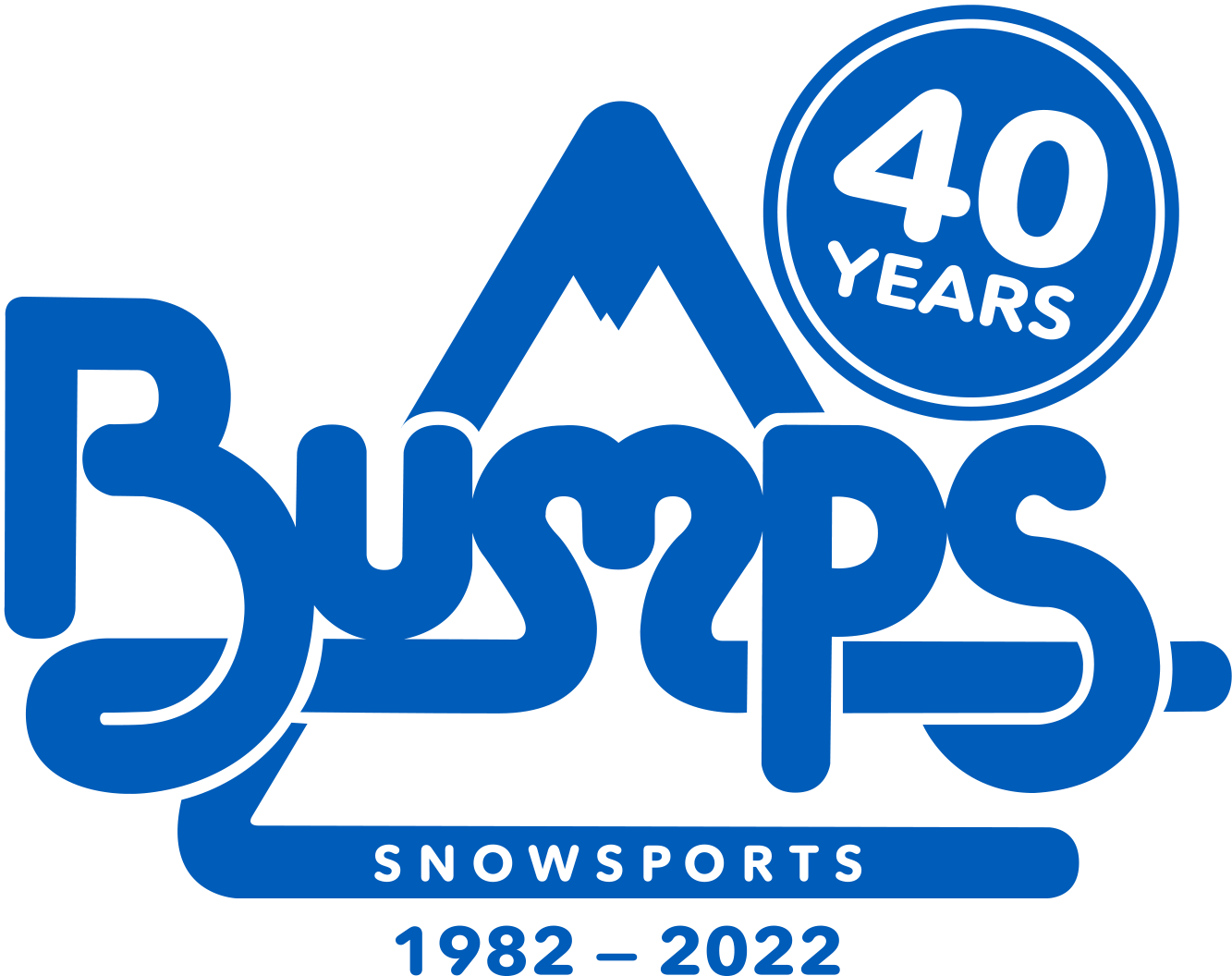Helmet Info & Fitting Guide
Should you wear a helmet while skiing or snowboarding? The answer is yes!
Just like ski boots differ from regular shoes, snow helmets are different from bike or skateboard helmets. They have specific features such as ear coverage, moisture-wicking liners and temperature-sensitive materials. Most importantly, snow specific helmets are designed exactly for that - snow based sports! Ski/Snowboard helmets are built for purpose, with their safety features researched and developed with snowsport speeds, collisions and injuries in mind. We never recommend you use a regular bike or skate helmet instead of a proper snow specific style.
Nowadays you would definitely be the odd one out not wearing a helmet in most Aussie resorts. While it is not compolsory for adults, wearing a helmet is highly recommended and a MUST for children. Below we breakdown everything you need to know about snow specific helmets, to help you find the perfect one.
Helmet Fit
The best way to size helmets is to try some on, as different brands have different fits. If you're able to come in store to fit helmets that is always preferred, especially if shopping for children.
A ski helmet should fit snugly all around, with no spaces between the foam or padding and the skier’s head. Helmet sizes often will vary from brand-to-brand, so it’s important to check out the helmet brand’s fit and sizing charts to find out what helmet size fits your head size.
- There should be no gap between the top of the goggles and the helmet. Make sure the helmet fits snugly to the top of the goggles, but not so low that it hinders vision or pushes down the goggles.
- The helmet should be positioned low enough in the front to protect the forehead.
- The helmet should feel firm, but not tight. Tightness or 'pressure points' will result in headaches throughout the day.
- The chinstrap needs to fit back against the throat to reduce the chance it will come off when it is impacted. The strap should fit snugly but loose enough for you to be able to chew food without feeling choked or pinched.
- Vents: Bring cool air in and warm, sweaty air out. Some helmets have removable plugs, which means you need to take your helmet off to adjust the airflow. More desirable are helmets with adjustable vents. With the push of a lever you can instantly fine-tune your airflow level and not interrupt your ride.
- Adjustibility: Some helmets are adjustable with a crank or BOA system. BOA have a limited lifetime warranty and can be repaired at most ski stores across the world if the mechanism breaks.
- Wireless Compatibility: Some helmets come with room for drop in speakers in the ear pads.
- MIPS: MIPS stands for Multi-directional Impact Protection System. It is described as a “slip-plane” technology. This works inside the helmet and is designed to reduce rotational forces that can result from certain impacts.

- NEVER wear a helmet that is visibly damaged, cracked or broken.
- Ski helmets are designed to withstand more than one very minor hit. However, a ski helmet MUST be replaced if it has been involved in a serious crash, or if it is damaged.
- Do not store a ski helmet in a car. The helmet should be stored in a room that does not get too hot or too cold and where the helmet is away from direct sunlight.

